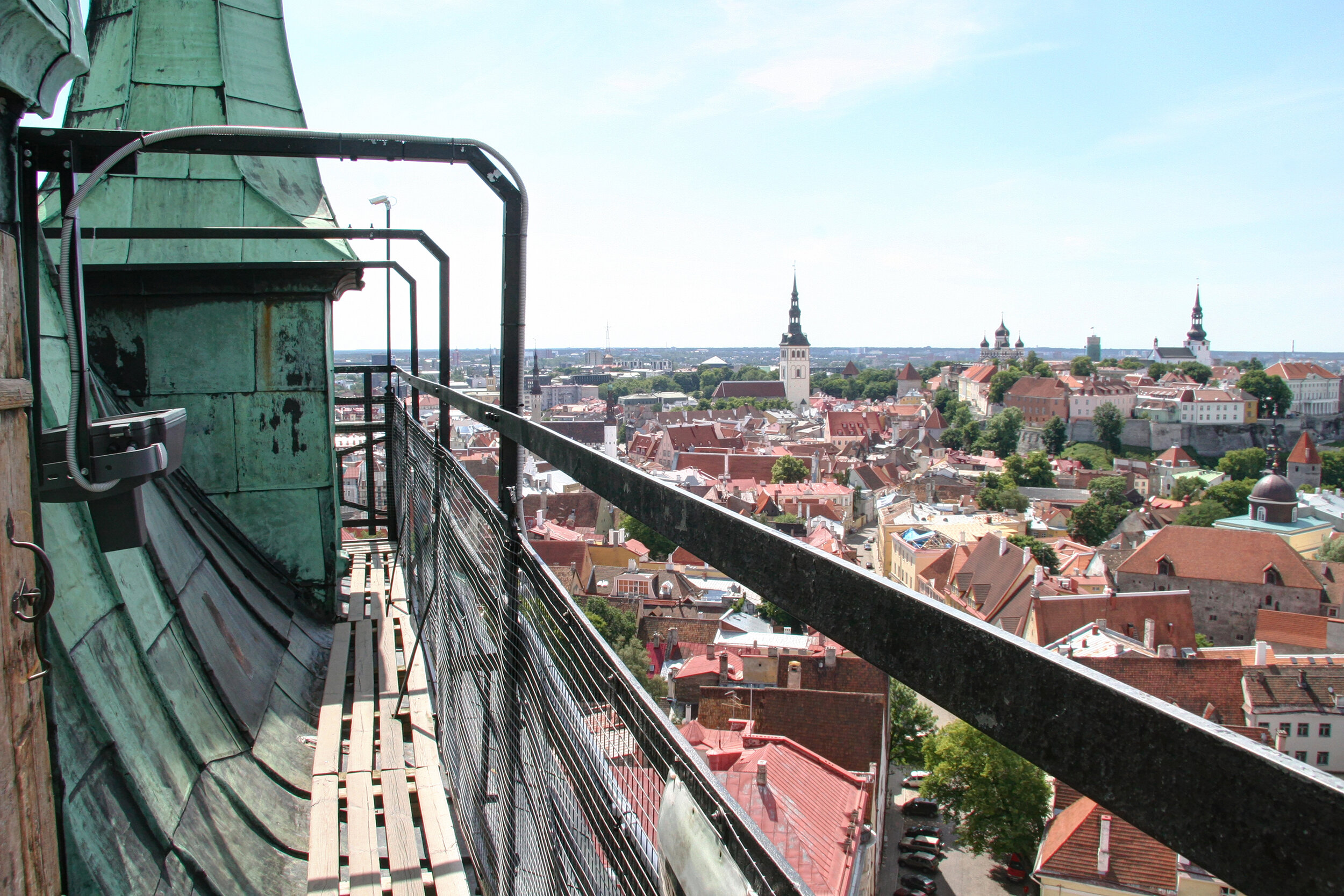
Page 5 of 10
Tallinn, Estonia
She's got an A-1 body and a face to match, she didn't have money, she didn't have cash
Tallinn, the capital city of Estonia, is closer (physically) to Helsinki than either Stockholm or Saint Petersburg. A benefit of such physical closeness (and Estonia's EU membership) is that a series of fast catamaran ferries links both cities in an almost too short 90 minute trip across the Baltic Sea, making Tallinn a welcome, popular and short there-and-back day trip from Helsinki. The old city of Tallinn has a well earned reputation of being especially attractive to tourists, with (for example) an almost uncomfortable amount of helpful locals wearing (or forced to wear) traditional folk costumes as they try to push you into buying a Tallinn discount card.
The city itself is known for its unbelievable intact Medieval wall complete with storybook towers, lots of shops and cafes, a few church spires you can climb and scenic cobblestone streets in every imaginable direction. What Estonia doesn't have (compared to Saint Petersburg, Stockholm and Helsinki) is a hell of a lot to actually do- there's no checklist of one of a kind museums or distinctive historical sights- not that it is a bad thing, but it is something you should be aware of. Sure you can easily lose yourself in the city's beauty, but you just might want to bring a good book with you so you don't find yourself getting both lost and bored.
As for the pictures, almost all of them are of the same thing so I thought I'd take a more weasely approach and go with one long, almost focused explanation as opposed to a series of shorter scattered stories. Located only five minutes away from the ferry terminal, the old city is surrounded by the most beautiful city wall this side of Carcassonne, one that is further protected by a series of towers with little red roofs. There is a lower city (with church steeples and town square) and an upper city (with more formal churches and government buildings), with the prerequisite steep path between.
There are pictures (if you can find them) that show the aerial view from the tower at Saint Olav's Church, once (in like 1500 or so) supposedly the tallest building in the world. The way up was really fun, probably the most atmospheric of all the many towers I found to climb and one that proved without doubt that the construction codes in the 1500s sure weren't as strict as they are today.

